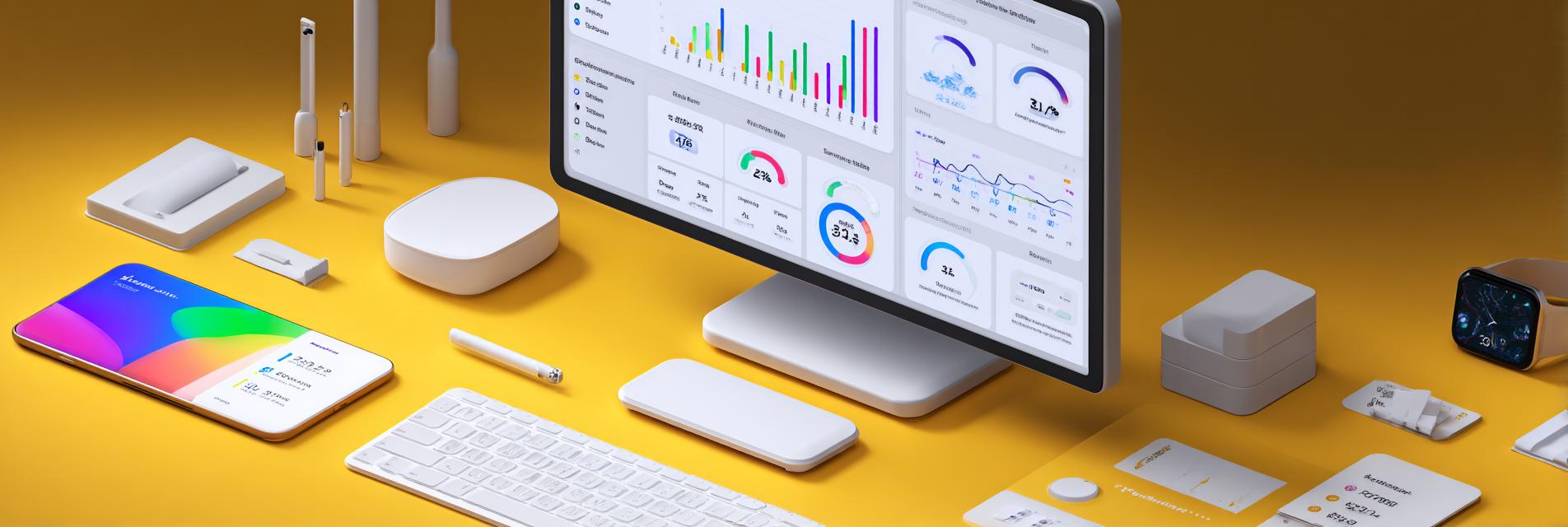 400-076-6558智领未来,外贸超级营销员
400-076-6558智领未来,外贸超级营销员
 400-076-6558智领未来,外贸超级营销员
400-076-6558智领未来,外贸超级营销员

In the competitive landscape of North American wireless product markets, obtaining Canada’s Innovation, Science and Economic Development (ISED) certification stands as an indispensable regulatory hurdle. With over 18 years of global B2B expertise assisting manufacturers in mechanical, electronic, and chemical sectors, we recognize that the top challenge faced by exporters is navigating the complex compliance framework to avoid costly delays or refusal at customs.
This article systematically unpacks the essential requirements, procedural steps, and recent policy updates surrounding the ISED certification. It leverages real enterprise case studies and practical recommendations to empower B2B exporters with knowledge-backed solutions to streamline preparation, minimize compliance risks, and enhance competitive positioning in the Canadian and broader North American markets.
ISED certification applies primarily to wireless communication devices that emit radiofrequency energy, including but not limited to:
Non-wireless electronic products typically fall outside its purview but may require other Canadian regulatory approvals related to safety or electromagnetic compatibility.
The certification process mandates product compliance with technical standards specified in the ISED Radio Standards Specification (RSS). Key standards include:
| Standard | Scope | Typical Applications |
|---|---|---|
| RSS-Gen | General Requirements for Radio Apparatus | All wireless devices |
| RSS-247 | Low-power Licence-Exempt Devices | Wi-Fi, Bluetooth |
| RSS-102 | Radio Frequency Exposure Limits | All RF devices |
Testing must be conducted by ISED recognized labs or accredited third-party test houses. Industry players increasingly rely on labs accredited under ISO/IEC 17025 to ensure dual acceptance in the U.S. and Canada, optimizing costs and certification cycles.
Despite adherence to documented procedures, manufacturers frequently encounter compliance pitfalls that delay market entry. The most reported issues include:
Addressing these requires rigorous internal verification, clear version control, and continuous dialogue with testing labs. Employing a dedicated certification management template dramatically reduces human errors, as experienced by a German electronics manufacturer who cut approval time by 40%.
For wireless products targeting North America, dual certification under both ISED (Canada) and FCC (USA) is often mandatory. Although standards overlap, differences must be noted:
| Feature | ISED | FCC |
|---|---|---|
| Regulatory Authority | Industry Canada (ISED) | Federal Communications Commission |
| Certification Process | Supplier’s Declaration of Conformity or Certification based on device type | Certification or Supplier’s Declaration of Conformity depending on device type |
| Marking Requirements | IC ID on device label | FCC ID on device label |
| Frequency Bands Considered | Similar but with some differences in allowed ISM bands | Generally aligned with ISED but stricter in certain power limits |
Integrating the two certification processes early in product development saves costs and expedites time-to-market.
Based on hands-on collaborations with over 50 international wireless device manufacturers, a pragmatic 3-step approach optimizes success:
A typical certification cycle spans 4 to 8 weeks, though delays often arise from incomplete submission or reactive revision handling.

The ISED regulatory framework evolves rapidly with advances in radio technology and cybersecurity concerns. For instance, in 2023, amendments extended Wi-Fi 6E device testing requirements to cover new spectrum bands.
Leading companies adopt policy monitoring frameworks linking internal quality management with real-time regulatory alerts. This proactive approach ensures readiness well before enforcement dates, safeguarding supply chains.

Collaborating with third-party consultants or test centers requires vigilance. Common traps include ambiguous scope of responsibility, hidden cost escalations, and lack of transparent progress reporting.
Contract clarity combined with regular milestone reviews and reciprocal data sharing is critical. A Canadian startup client’s experience underscores this: early engagement and clear SLA clauses reduced certification costs by 15% and cut approval duration by 25%.

Navigating Canada’s ISED certification is more than a regulatory formality—it's a strategic step in securing access to the lucrative North American wireless market. By deeply understanding certification scope, mastering technical standards, preempting common pitfalls, and maintaining close alignment with evolving policies, exporters can significantly expedite product approvals and avoid costly rejections.
Are you preparing your wireless products for the Canadian market or facing ISED compliance challenges? Download our comprehensive ISED Certification Self-Check Toolkit—complete with actionable checklists, management templates, and expert guidance to ensure your products clear approvals efficiently.
.png?x-oss-process=image/resize,h_100,m_lfit/format,webp)
.png?x-oss-process=image/resize,h_100,m_lfit/format,webp)

.png?x-oss-process=image/resize,h_100,m_lfit/format,webp)
.png?x-oss-process=image/resize,h_100,m_lfit/format,webp)
.png?x-oss-process=image/resize,h_100,m_lfit/format,webp)
.png?x-oss-process=image/resize,h_100,m_lfit/format,webp)
